The Perfect Christmas Kitchen: Design Details That Make a Difference
Christmas brings a particular kind of magic to the kitchen. It’s when the room hums with activity, when every surface is put to work, and when thoughtful design details prove their worth. From instant boiling water for hot chocolate to quiet extraction that keeps the air calm and clear, the smallest luxuries can have the biggest impact on the smooth running of your festive celebrations.
This year, we’re highlighting some of the unsung heroes of the Christmas kitchen with partner insights from Quooker and Westin, combined with smart Tom Howley design features that help every home feel composed, elegant and ready for the season ahead.
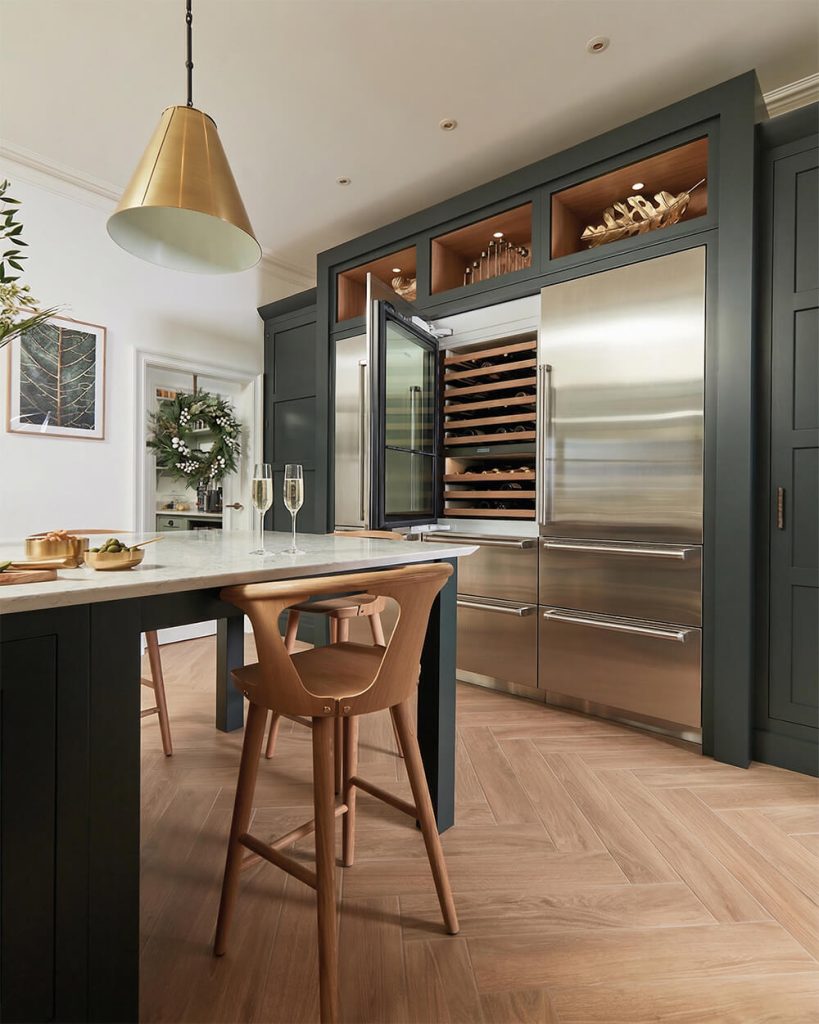
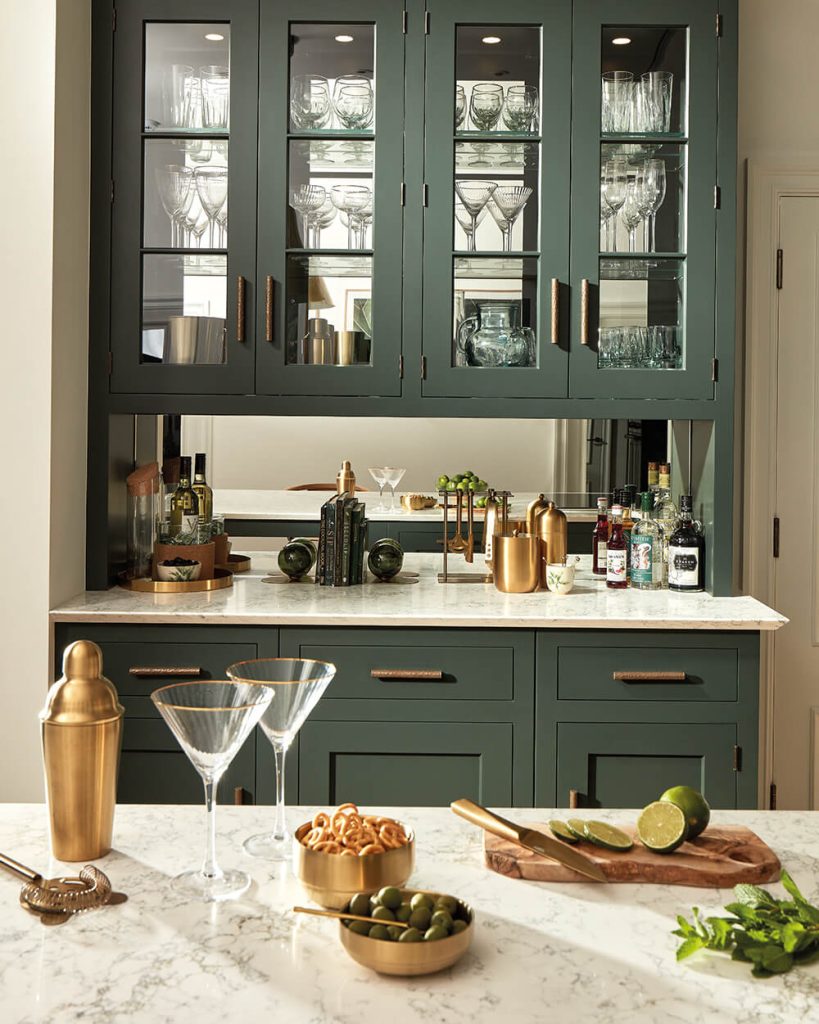
Tom Howley’s Top Festive Kitchen Features
Design details and storage that go unnoticed in everyday life suddenly become essential at Christmas when the kitchen is working overtime and every inch matters.
Hidden Charging Drawers for New Gadgets
From tablets loaded with recipes to digital timers and Christmas gifts that need charging, tech can easily clutter a worktop. We often build charging drawers directly into our cabinetry to keep devices powered and out of sight.
Spice Drawers Ready for the Turkey
Organised bespoke spice drawers make festive cooking feel effortless. Everything is visible, reachable and contained, eliminating rummaging mid-recipe.
Dedicated Prep Zones to Stay Calm Under Pressure
We encourage clients to protect one uncluttered surface – often the kitchen island – as the central prep area. When the rest of the kitchen is lively and full, one ordered space changes everything.
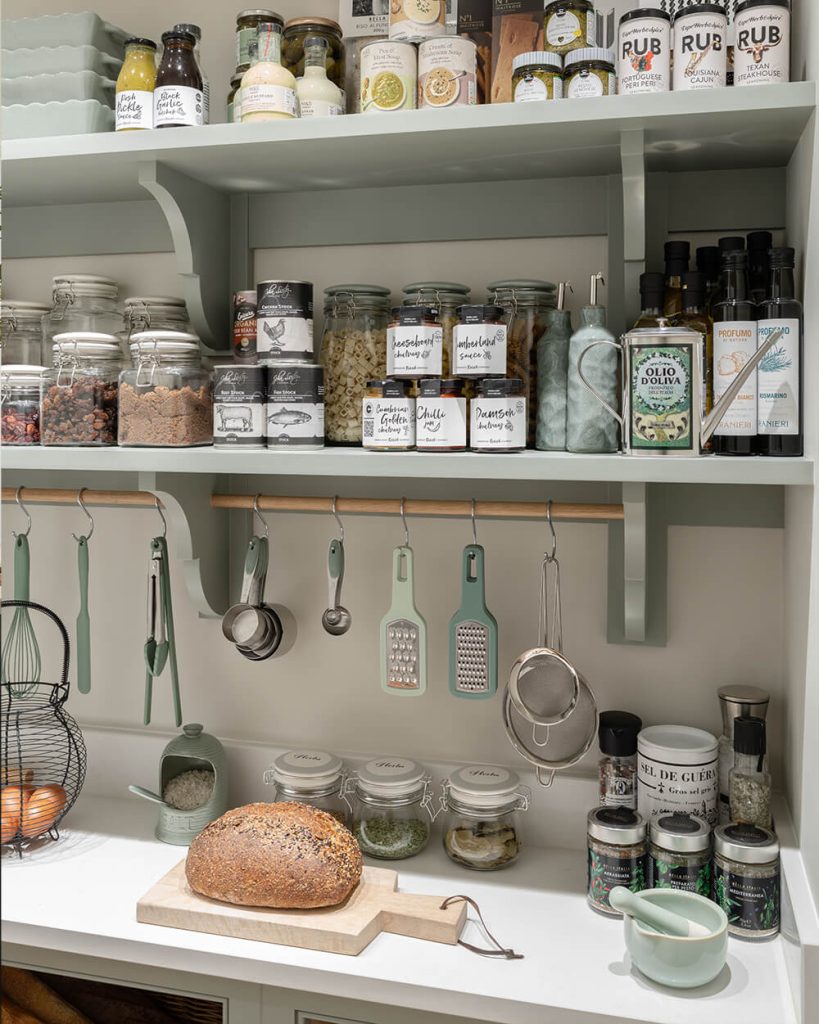
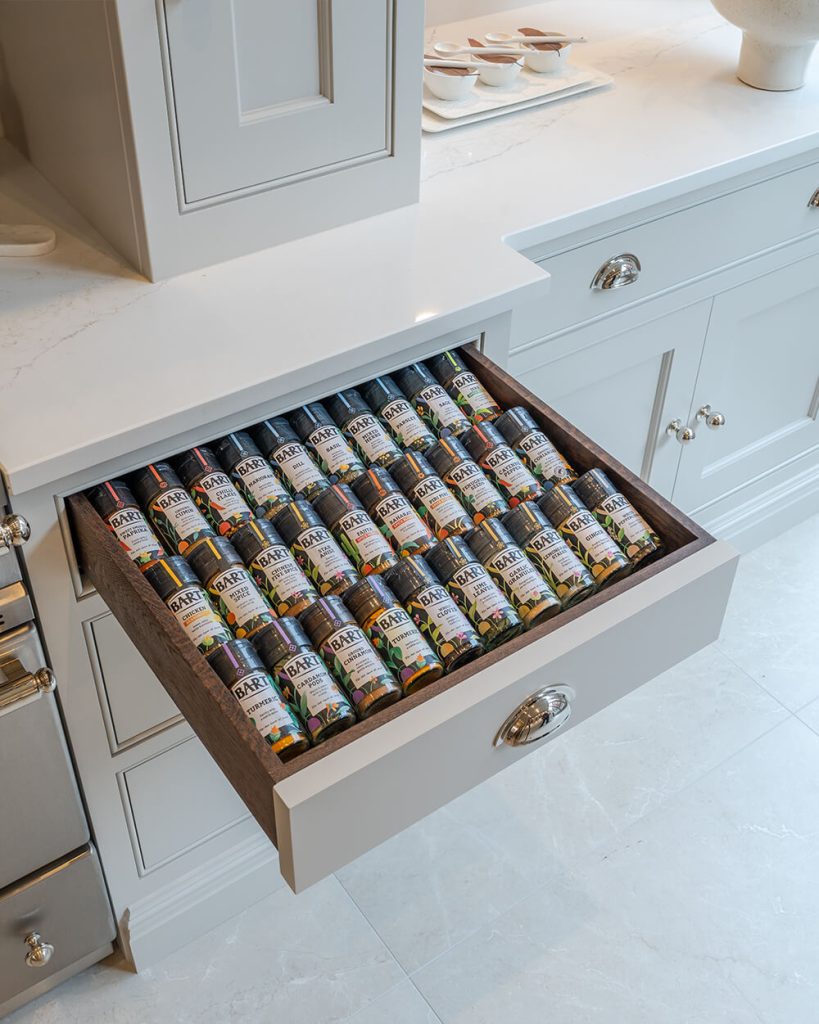
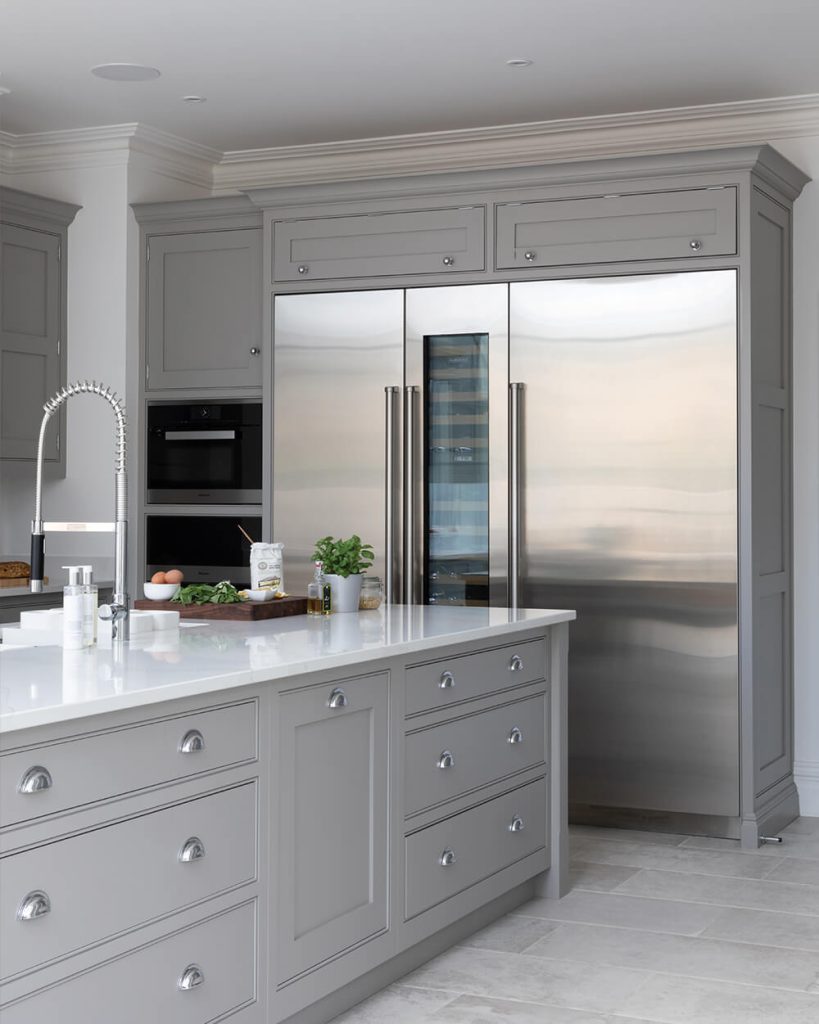
Smart Habits for a Calmer Christmas Kitchen
A few small rituals, inspired by thoughtful design, go a long way:
- Create a tech “drop zone.” Charging drawers or a simple designated corner keep gadgets contained and surfaces serene.
- Prepare a temporary Christmas pantry shelf. Clear one shelf before the big shop arrives so festive ingredients stay organised and separate from everyday staples.
- Designate a leftovers container drawer. Matching lids and tubs make post-feast storage quick and stress-free.
- Schedule a mid-week fridge edit. A fast 5-minute tidy frees space for party platters and fresh festive ingredients.
- End the day with a 10-minute reset. Load the dishwasher, wipe surfaces, and put ingredients back. A small ritual with a big payoff during the busy season.
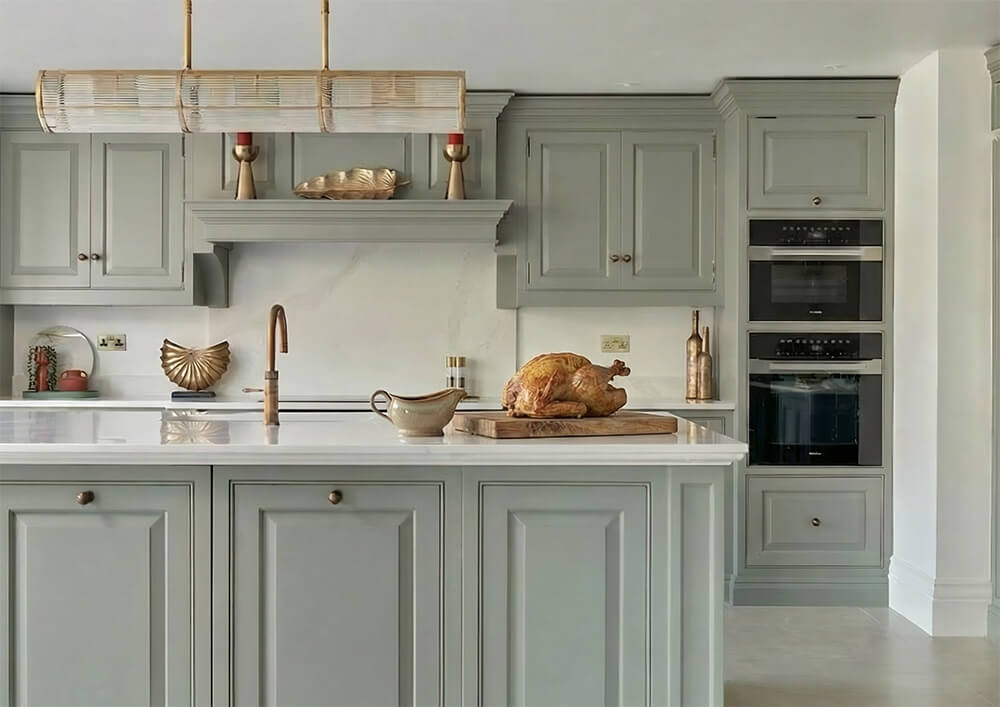
Why a Quooker Tap Is the Unsung Hero of Christmas Day
It’s no surprise that a Quooker tap has become an indispensable festive companion, providing instant boiling water, chilled still water, or sparkling water on demand.
Stephen Johnson, MD at Quooker, explains, “Christmas is all about hosting with ease. Keep the kitchen calm by preparing drinks and boiling water instantly – it means less waiting, less mess, and more time spent around the table with the people who matter.”
“The Quooker CUBE opens a world of festive possibilities—from sparkling spritzers to non-alcoholic cocktails without the clutter of bottled mixers, it adds a touch of celebration to every glass, instantly.”
Why not try our favourite easy festive drink, Apple Rosemary Fizz — fresh apple juice, a squeeze of lemon, sparkling water, and a rosemary sprig. Fresh, fragrant and ready in moments.
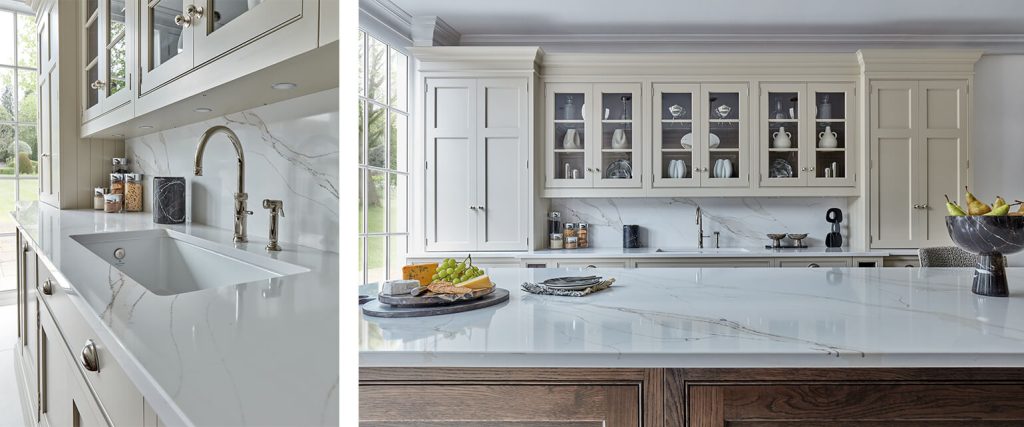
Quiet Extraction and Clear Air: A Breath of Fresh Air with Westin
Busy Christmas cooking can quickly turn the kitchen into a warm, humid space, but with the right extraction, it stays fresh, breathable and comfortable for everyone.
James Rayner, Commercial Director at Westin, shares his top tip when hosting at Christmas: “Give your extractor a head start! Switching it on a low setting 10 minutes before cooking helps establish a steady airflow. The air clears more effectively from the very start, reducing condensation and keeping the environment calm.”
Westin extraction combines whisper-quiet performance with powerful airflow, so conversation carries as easily as the aroma of roasting garlic.
“Unlike many systems that need to run at full power during busy cooking sessions, Westin extractors perform efficiently even at lower speeds. They keep the air clear without dominating the room, allowing the kitchen to remain a true social hub,” says James Rayner, Westin.”And when Christmas dinner is in full swing, Westin helps maintain a cool, comfortable environment—clearing heat, moisture and steam before they build.”
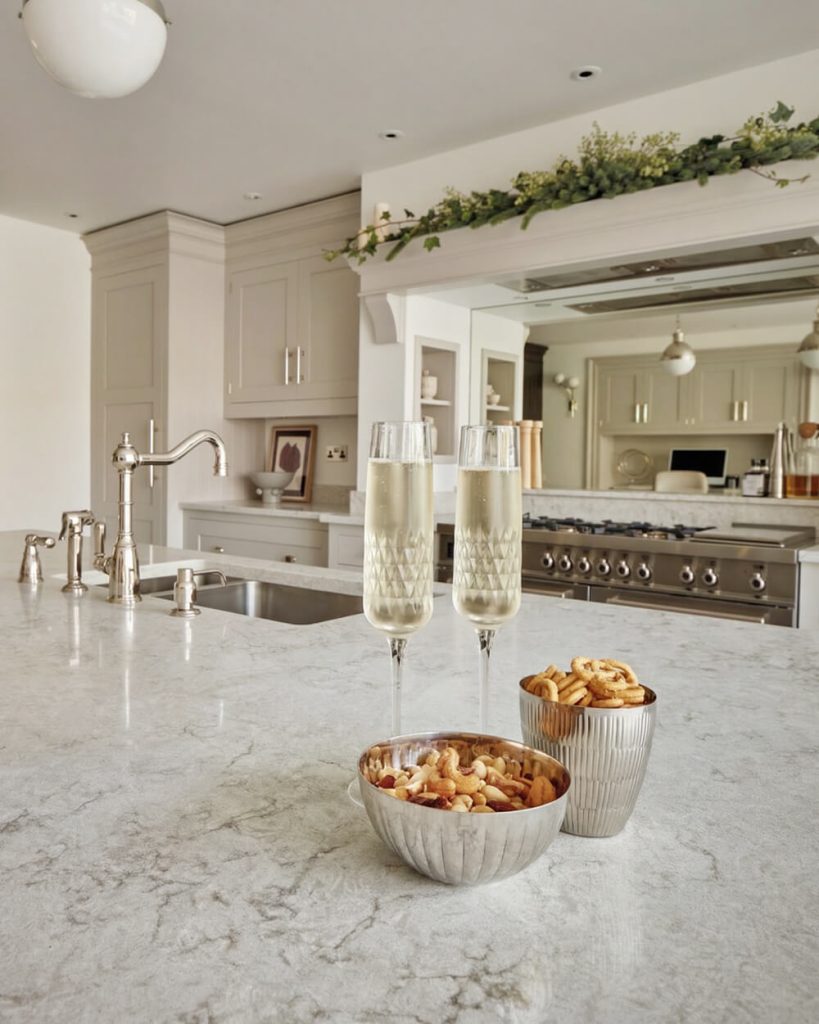
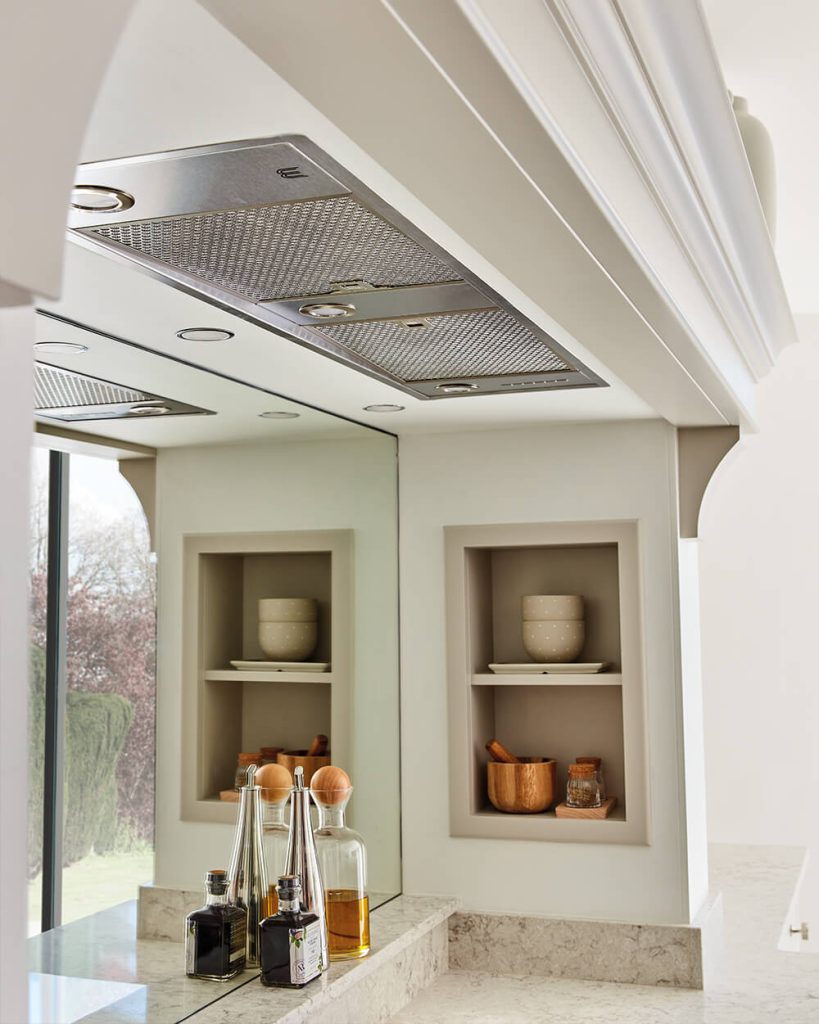
Their efficiency is equally important in December, a month when energy use peaks. Westin’s engineering ensures performance without waste, offering peace of mind during an already busy season.
Designing a Kitchen That Works as Hard as You Do at Christmas
The perfect Christmas kitchen isn’t the one with the biggest oven or the most gadgets; it’s the one where thoughtful design supports calm, connection, and effortless hosting.
Whether it’s a Quooker CUBE sparkling water spritzer, Westin’s silent extraction keeping the air clear, or a perfectly organised spice drawer at arm’s reach, it’s these quiet luxuries that transform the festive experience.
